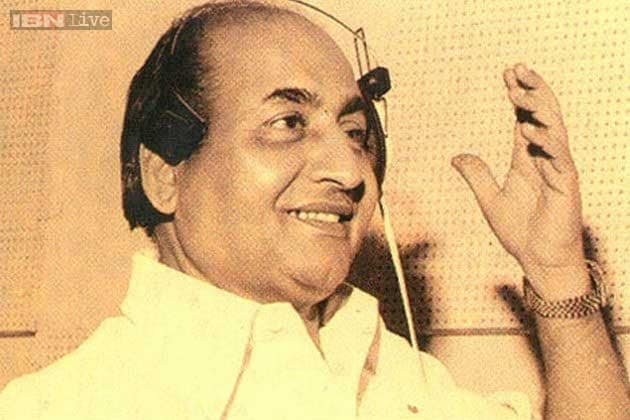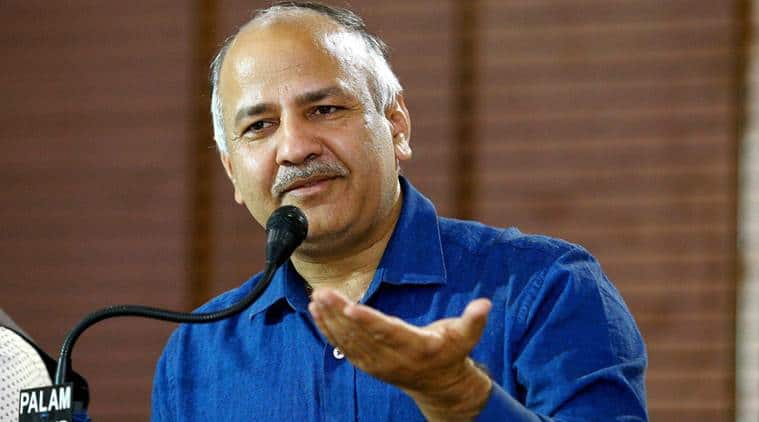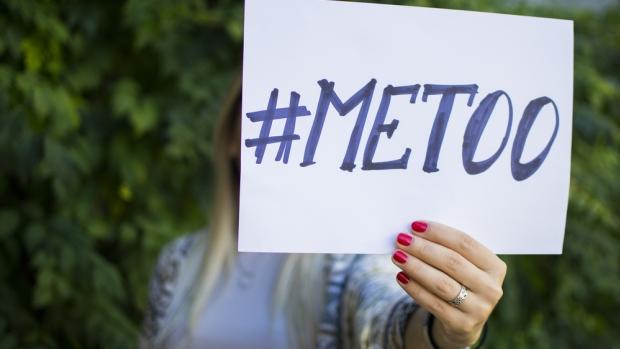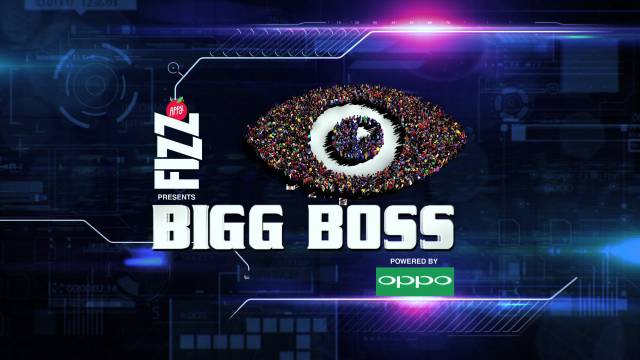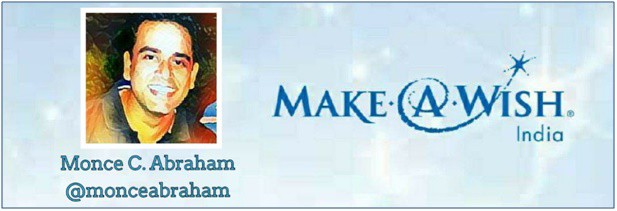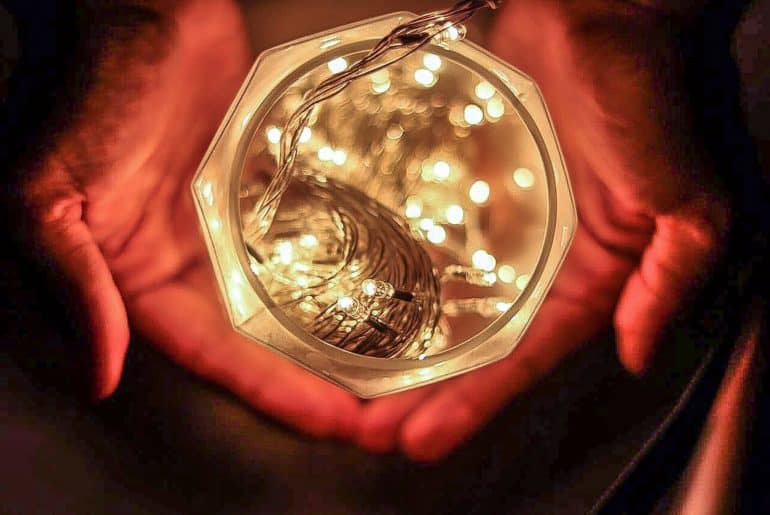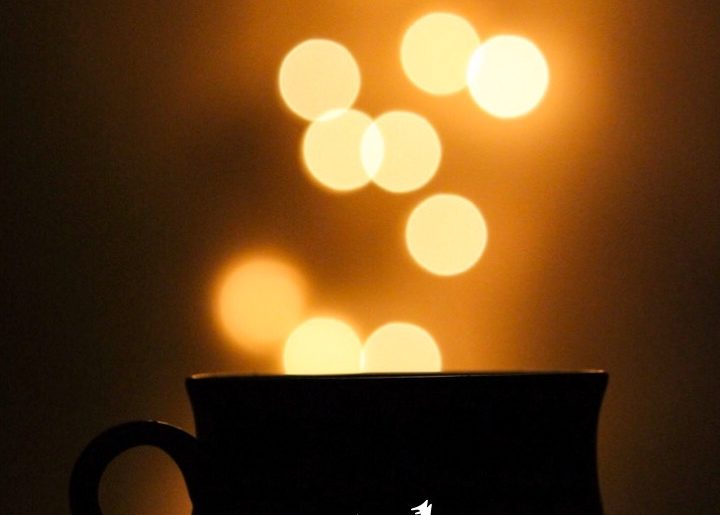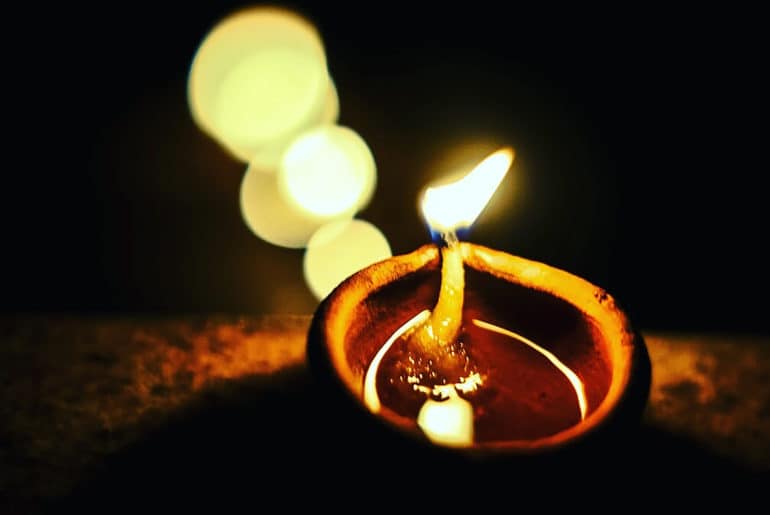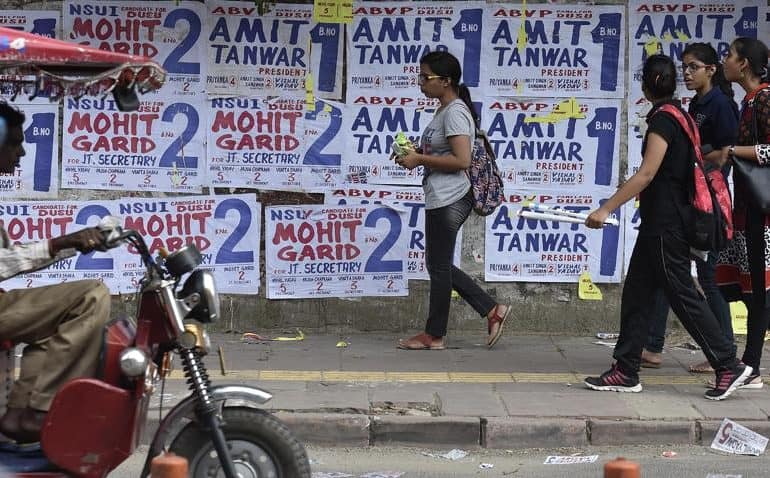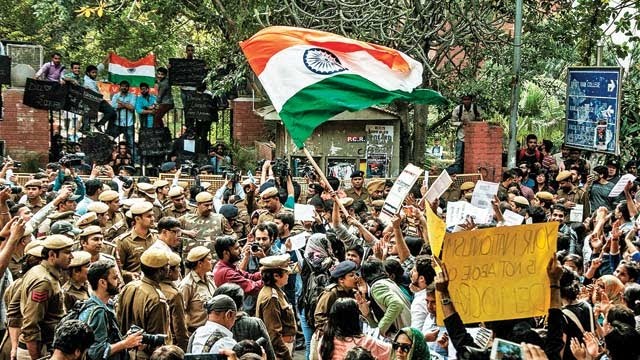Whether you’re about to complete your first semester or have started to fill out forms for postgraduate courses, it’s a good idea to begin working towards mastering a few basic skills before you leave college.
It is a truth universally acknowledged that a single college student in the duration of their undergraduate degree must be in want of the answer to “what am I doing with my life?” Initially, the refrain is followed by a small laugh or dramatic eye-rolling; it is meant to illicit chuckles. However, with time, it takes on darker connotations. The future seems daunting and it hits you that simply misquoting dialogues or lines from books and making pointless, movie-related similes do not qualify as skills. Hence, you should work towards mastering at least a few basic skills before leaving college, in order to qualify not just legally, but also mentally, as an adult.
- Cooking
I’m unsure of most things in life, but the fact that I will need food to survive is not one of them. Once you leave the world of hostel/PGs/tiffin services, you’ll need to know how to cook beyond making variations of Maggi and eggs, regardless of your gender.
- Sewing
Again, buttons coming out of your shirts or dresses, or those embarrassing tears in your clothes are not gender-specific. Life is also not a Bollywood movie so you can’t rely on your mother/female partner to do it for you. It’s quite easy to learn, really.
- Driving
Whether it’s a motorbike, scooty, or a car, you should have mastery over at least one form of transport besides the Metro, even if you don’t own a car. Also, use the bicycle. Don’t feel smug; there may be some people who can’t even cycle to work, though they may be skilled at pointing out how cooking and sewing are their forte.
- Performing Basic First-Aid
It will always be useful to know about the basics like bandaging and cleaning of wounds, and if you want to be more advanced, things like Cardiopulmonary Resuscitation (CPR) as well. You should have some knowledge of medicines and home remedies for basic ailments like cold, cough, stomach problems, body aches, etc. One can’t rely on the internet always, for it can pull a Peter Pettigrew and abandon you when you need it the most. (See what I meant by pointless similes?)
- Money Management
If you’re a day scholar, this is especially important, as one becomes complacent with money in the presence of biased human ATMs, better known as ‘parents’. Learn to make a budget at the beginning of the month, and most importantly, cultivate the habit of saving. It is extremely helpful to have savings for times of emergency.
Feature Image Credits: I Will Teach You
Rishika Singh



